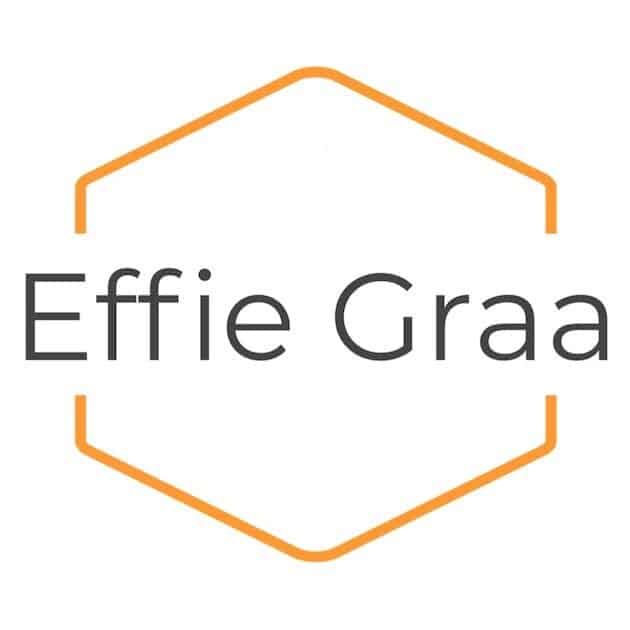
Hannelore Sorge Næss (1928-2016)
Starting in cloisonné in Germany
Hannelore Sorge Næss was born in Eisenach in East Germany. 17 years old she started working with enamel. After four years of training at a goldsmiths workshop in her home town, specializing in cloisonné enamel on copper, and seven years of working as an enamelist at various workshops in West Germany (1952-1959), a new chapter in her life began. Seeing the Norwegian company David-Andersen’s enamel works at “Expo 58” in Brussels, she decided to move to Norway.
To Norway and David-Andersen
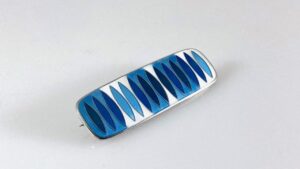 When she came to Norway in her thirties, she took up work as an enamelist at the David-Andersen company, where she stayed for a year and learned to apply enamel to silver. At David-Andersen she also designed a few pieces of enamel jewelry that were put into serial production; in 1961 a cheerful fish brooch enameled in vivid colours, and in 1962 a set of brooch and earclips, in op-art cloisonné technique made in five different sublime colour schemes. The matte enamel and geometric design used for this jewelry set cleary pointed back to techniques and styles learned during her training in Germany.
When she came to Norway in her thirties, she took up work as an enamelist at the David-Andersen company, where she stayed for a year and learned to apply enamel to silver. At David-Andersen she also designed a few pieces of enamel jewelry that were put into serial production; in 1961 a cheerful fish brooch enameled in vivid colours, and in 1962 a set of brooch and earclips, in op-art cloisonné technique made in five different sublime colour schemes. The matte enamel and geometric design used for this jewelry set cleary pointed back to techniques and styles learned during her training in Germany.
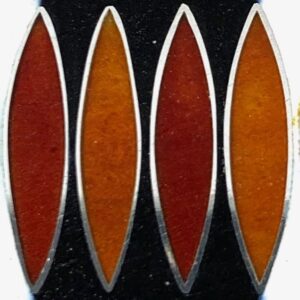 Even though she only designed for David-Andersen for a short period, Hannelore Sorge brought new influences to the production, which can be seen in the work of other designers at the company, for example Thorbjørn Lie-Jørgensen‘s famous jewelry seires, nicknamed ‘The four seasons’, mimicing cloisonné technique, and a couple of Uni David-Andersen’s characteristic brooches from the same time periode, one using matte enamel and one with a similar use of silver lines fraiming the enamel.
Even though she only designed for David-Andersen for a short period, Hannelore Sorge brought new influences to the production, which can be seen in the work of other designers at the company, for example Thorbjørn Lie-Jørgensen‘s famous jewelry seires, nicknamed ‘The four seasons’, mimicing cloisonné technique, and a couple of Uni David-Andersen’s characteristic brooches from the same time periode, one using matte enamel and one with a similar use of silver lines fraiming the enamel.
Her studio in Røyken
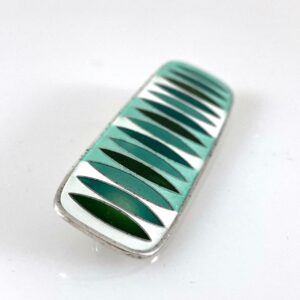 After leaving David-Andersen she set up her own workshop in Røyken outside Oslo, where she worked as an enamel craftswoman for many years. A large part of her work was painting and burning enamel on jewelry, mostly butterfly brooches for the company Hroar Prydz, which were produced in large quantities. She also continued working on her own designs in association with the shop of David-Andersen, where her work have been bought by the Norwegian royal family.
After leaving David-Andersen she set up her own workshop in Røyken outside Oslo, where she worked as an enamel craftswoman for many years. A large part of her work was painting and burning enamel on jewelry, mostly butterfly brooches for the company Hroar Prydz, which were produced in large quantities. She also continued working on her own designs in association with the shop of David-Andersen, where her work have been bought by the Norwegian royal family.
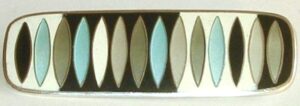 In 1983 Hannelore Sorge Næss started a close collaboration with Valdres Sølvsmie, working together with Sigrid Høivik on a series of copper and enamel pieces. Again she took up the advanced cloisonné technique that they had both learned back in Germany, possibly in Käthe Ruckenbrod’s workshop. This was a smaller crafts production depicting motives from the nature in the surrounding mountains of Valdres. Copper thread bent by hand defined the motives and created a pattern that could be filled in with enamel colours, applied with a thin brush.
In 1983 Hannelore Sorge Næss started a close collaboration with Valdres Sølvsmie, working together with Sigrid Høivik on a series of copper and enamel pieces. Again she took up the advanced cloisonné technique that they had both learned back in Germany, possibly in Käthe Ruckenbrod’s workshop. This was a smaller crafts production depicting motives from the nature in the surrounding mountains of Valdres. Copper thread bent by hand defined the motives and created a pattern that could be filled in with enamel colours, applied with a thin brush.
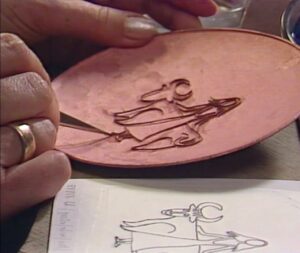
From this time in her career, at 55 years old, she started exhibiting her work, such as enameled miniature paintings, boxes, bowls and clocks at local galleries, saying that age makes us more confident and free to express ourselves. In 1989 she moved her workshop to Larvik, where she found inspiration from the costal scene for her work.
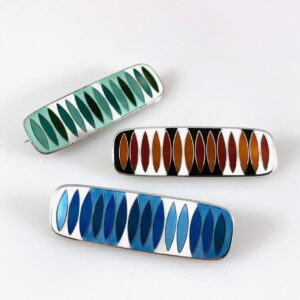

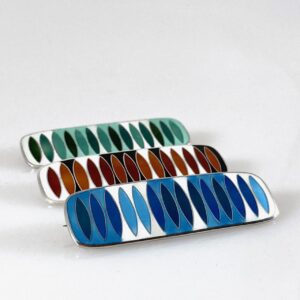
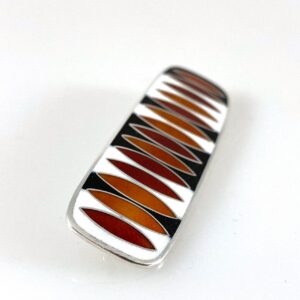

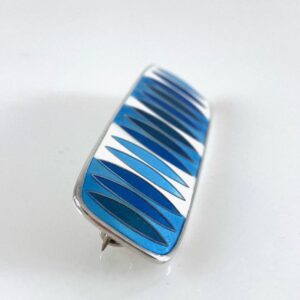
Table of Contents
Toggle